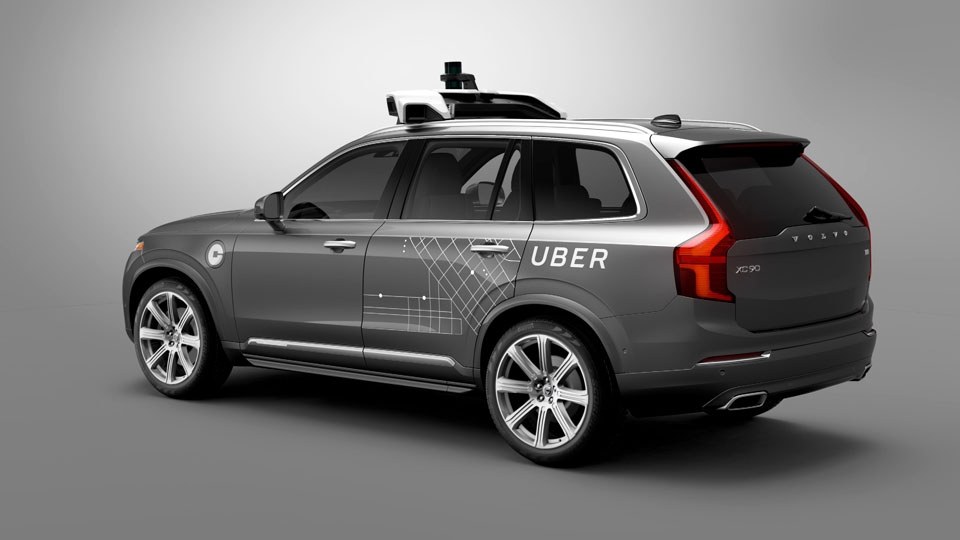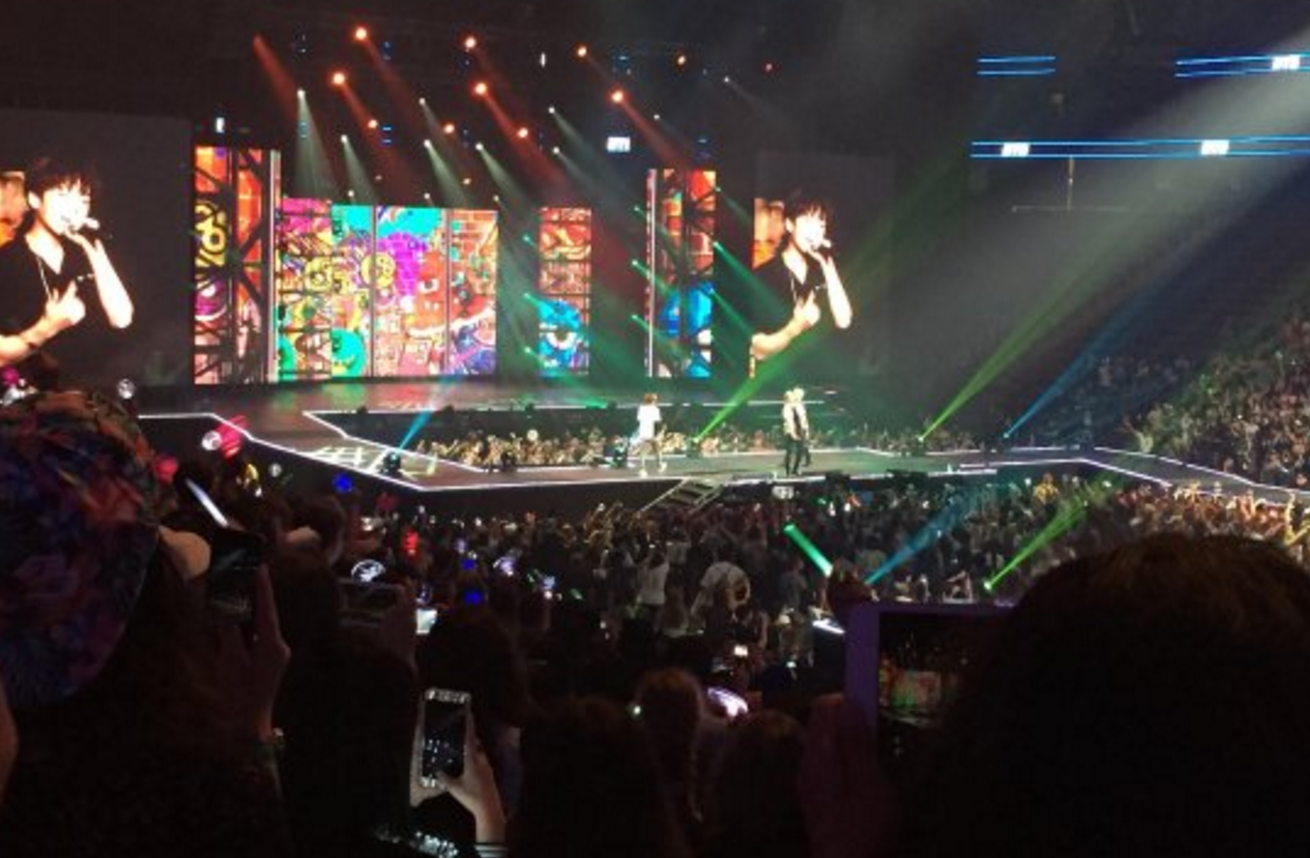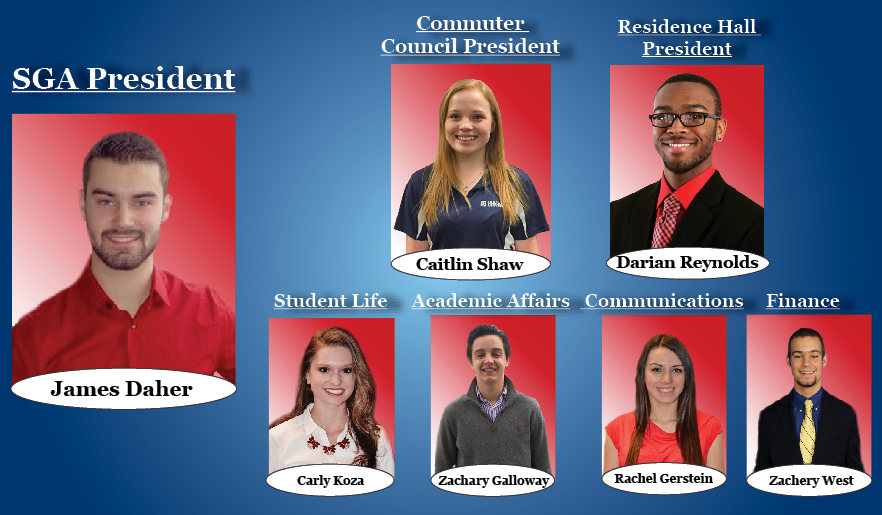

By: Seth Culp-Ressler | Features Editor
For as long as I can remember, I’ve been fascinated with cars — to the point of obsession. As the story goes, my first word (or at least one of the earliest) was “uck,” a toddler’s approximation of the name for all those awesome big rigs I saw on the highway. My collection of Hot Wheels numbers well into the hundreds, and I can see four of them from the desk I currently sit at.
On a daily basis, I spend hours on end reading all manner of news, features and writings dedicated to the cult of the automobile. For whatever reason, that good ol’ American love of the car has engulfed my life, thoughts and dreams. Literally. I can’t turn it off, ever. In short: I like cars. A lot. Got it? Good. On to what matters.
As you hopefully already read back on page one of this very paper, last Thursday, the ride-sharing service Uber announced a partnership with Swedish automaker Volvo to bring a fleet of self-driving XC90 SUVs to Pittsburgh by the end of this month.
On the surface, this might seem like a car enthusiast’s worst nightmare. Indeed, the prospect of self-driving cars can be disconcerting. For me, cars represent a passion, freedom and connection to a machine that few other things in life can replicate. Giving up the ability to drive is the exact opposite of what I, and many like me, would ever want to do.
That said, is this new move by Uber actually a sign that my version of the automotive apocalypse is coming? I’m not so sure it is.
Pittsburgh is not new to Uber or the prospect of autonomous cars roaming the hilly western Pennsylvania landscape. In early February 2015, Uber announced a partnership with Carnegie Mellon University that resulted in the creation of the Uber Advanced Technologies Center, located just off of the university’s campus. Shortly thereafter, autonomous test cars started popping up on the city’s streets, with one of the first sightings by the Pittsburgh Business Times in May 2015.
The difference with this latest announcement, however, is that the fleet of Volvo’s won’t be piloting around engineers testing their latest developments. Instead, they’ll function as bona fide Ubers. As Bloomberg Businessweek reported the day of the announcement, customers in Pittsburgh will randomly pair with the self-driving Volvos during any normal use of the app.
For the time being, any ride in one of the new cars will be free. Oh, and before anyone panics, there will be a human in the driver’s seat supervising, should anything go awry. This development is the first true commercial application of driverless cars in the country. Our robot overlords are coming, so to speak.
Let’s hit pause for a second, though. There is an oft-made distinction among car enthusiasts between car culture and commuter culture. This is a prime example of the difference. Car culture is carving up a beautiful back road in a Porsche 911. Car culture is spending late nights out in the garage dropping a new motor into your old ‘69 Camaro. Car culture is loving the smell of race gas in the morning.
Commuter culture is sitting in traffic. Nobody likes sitting in traffic.
What self-driving cars — and by extension, the experiment Uber will be soon running in the Steel City — hope to do is alleviate the problems associated with commuter culture. In that same Bloomberg piece, Uber CEO Travis Kalanick said that he eventually expects the per-mile price of his ride-sharing service to fall below the cost of owning a private car. Follow the math, and it’s not hard to figure out where things might end up.
Nevertheless, some autonomous cars doesn’t necessarily mean all autonomous cars. This is, after all, the United States of America, a country intertwined with the freedom and romance of the automobile. Prying that from our national identity won’t be an easy feat. Make no mistake, though: Autonomous cars are coming.
And when that becomes a reality, people will move away from keeping a car for themselves. After all, if it’s cheap and easy to call up a robot car to take you where you need to go, what’s the need? That, in turn, means fewer cars on the road. Lighter traffic on the Fort Duquesne Bridge during rush hour. Pollution will decrease. And, crucially, so should accidents that so often lead to fatalities.
For us car guys and girls, then, there’ll be more time and room to rip up that back road one last time before the sun dips below the hills.
And that sounds like a pretty bright future to me.




